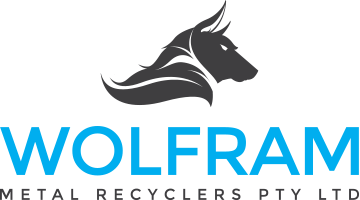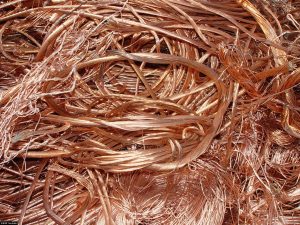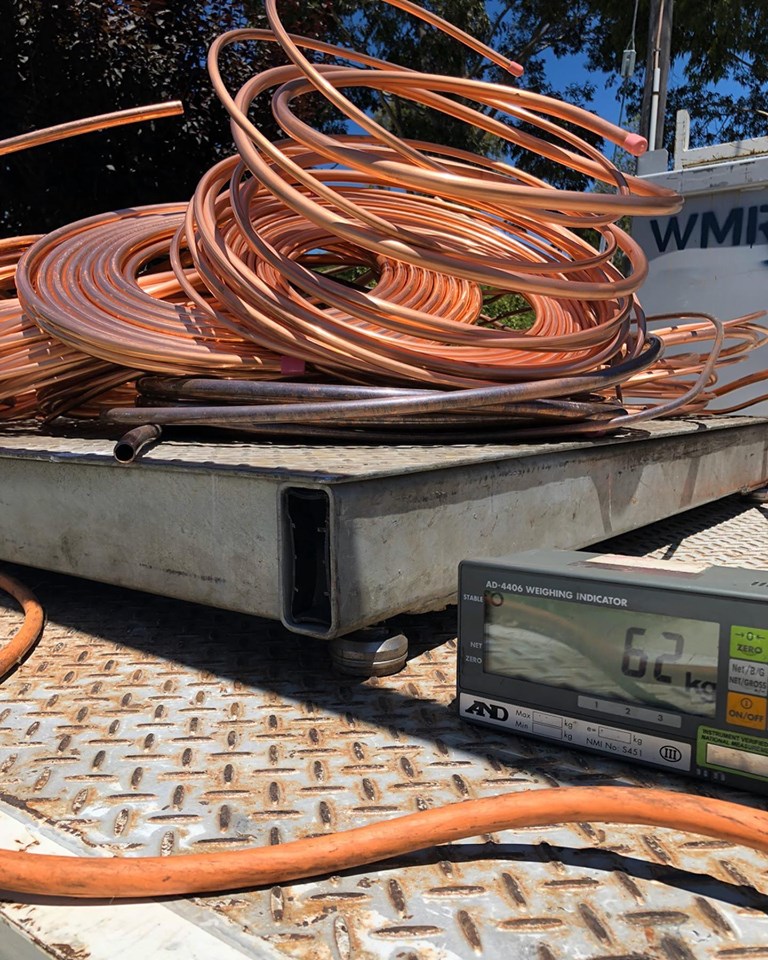Copper Scrap in Rockingham
Wolfram Metal Recyclers buys and sells Copper Scrap in Rockingham, Port Kennedy, Mandurah and surrounding areas. Contact us today for competitive pricing on Copper Scrap Metal.
Buying and Selling Copper Scrap Metal
Scrap Copper can be found around the house and work site in the forms of:
- Copper Pipes
- Copper Wire
- Copper Cabling
- Copper Tank
- Copper Plate/ Bar
Scrap Copper will be brought in 3 categories:
- Bright Copper Wire: Shiny copper wire, uncoated or stripped insulated copper wire.
- Copper 1: Clean copper pipes, bars or offcuts, copper need to be without painting, oil and uncoated.
- Copper 2: Dirty copper pipes, bars or offcuts with paint, welding residue, small amount of oil. But no steel or plastic.
Copper Insulated Wire:
Also, copper can be found or associated with other metals such as:
- Scrap Insulated Copper Wire:
There are different grades of insulated copper scrap depending on the percentage copper recovery. Insulated copper cables consist of wire covered by small amount of plastic but no aluminium wire. Examples: Scrap data and communication cables; household, TPS scrap cables; Earth or power cables. These are classed as:
- CIW 20% = Copper Insulated Wire 20% = Insulted Copper Wire with 20% of copper recovery.
- CIW 40% = Copper Insulated Wire 40% = Insulted Copper Wire with 40% of copper recovery.
- CIW 60% = Copper Insulated Wire 60% = Insulted Copper Wire with 60% of copper recovery.
- CIW 70% = Copper Insulated Wire 70% = Insulted Copper Wire with 70% of copper recovery.
- CIW 80% = Copper Insulated Wire 80% = Insulted Copper Wire with 80% of copper recovery.
Radiators:
There are 2 main copper based radiators:
- Copper Brass Radiators Clean/ Dirty
- Aluminium Copper Radiators Clean/ Dirty
Clean Radiators are free of contamination such as steel, plastics and rubber.
Copper History and Uses:
Archaeological evidence suggests that people have been using copper for at least 11,000 years. Relatively easy to mine and refine, people discovered methods for extracting copper from its ores at least 7,000 years ago. The Roman Empire obtained most of its copper from the island of Cyprus, which is where copper’s name originated. Today, copper is primarily obtained from the ores cuprite, tenorite, malachite, chalcocite, covellite and bornite. Large deposits of copper ore are located in the United States, Chile, Zambia, Zaire, Peru and Canada.
Used in large amounts by the electrical industry in the form of wire, copper is second only to silver in electrical conductance. Since it resists corrosion from the air, moisture and seawater, copper has been widely used in coins. Although once made nearly entirely from copper, American pennies are now made from zinc that has been coated with copper. Copper is also used to make water pipes and jewellery, as well as other items.
Pure copper is usually too soft for most uses. People first learned about 5,000 years ago that copper can be strengthened if it is mixed with other metals. The two most familiar alloys of copper are bronze and brass. Bronze, the first alloy created by people, is a mix of copper that contains as much as 25% tin. Early people used bronze to make tools, weaponry, containers and ornamental items. Brass, a mix of copper that contains between 5% and 45% zinc, was first used about 2,500 years ago. The Romans were the first to make extensive use of brass, using it to make such things as coins, kettles and ornamental objects. Today, brass is also used in some musical instruments, screws and other hardware that must resist corrosion.


